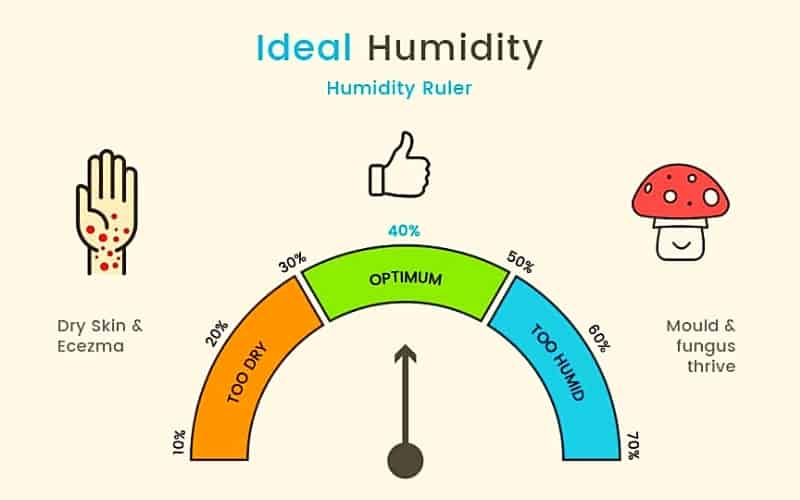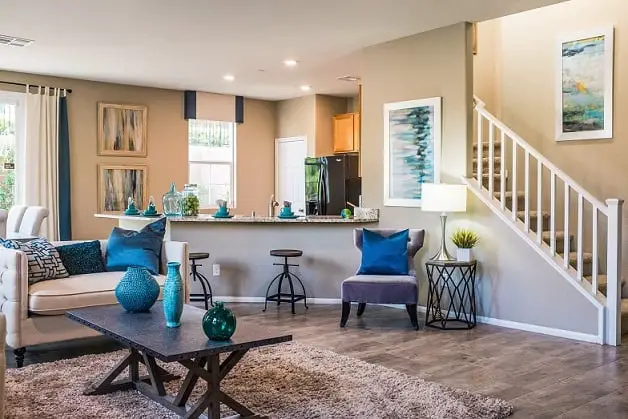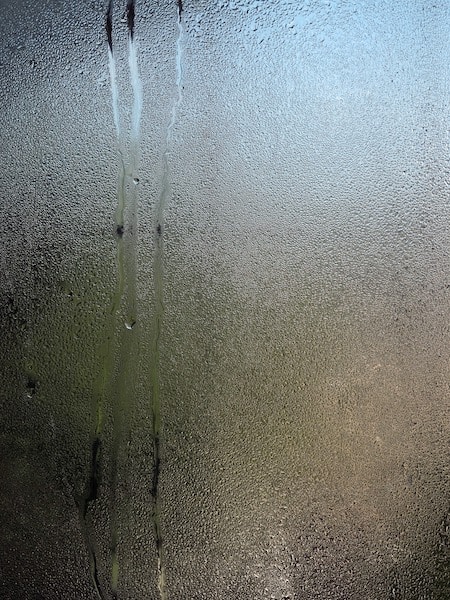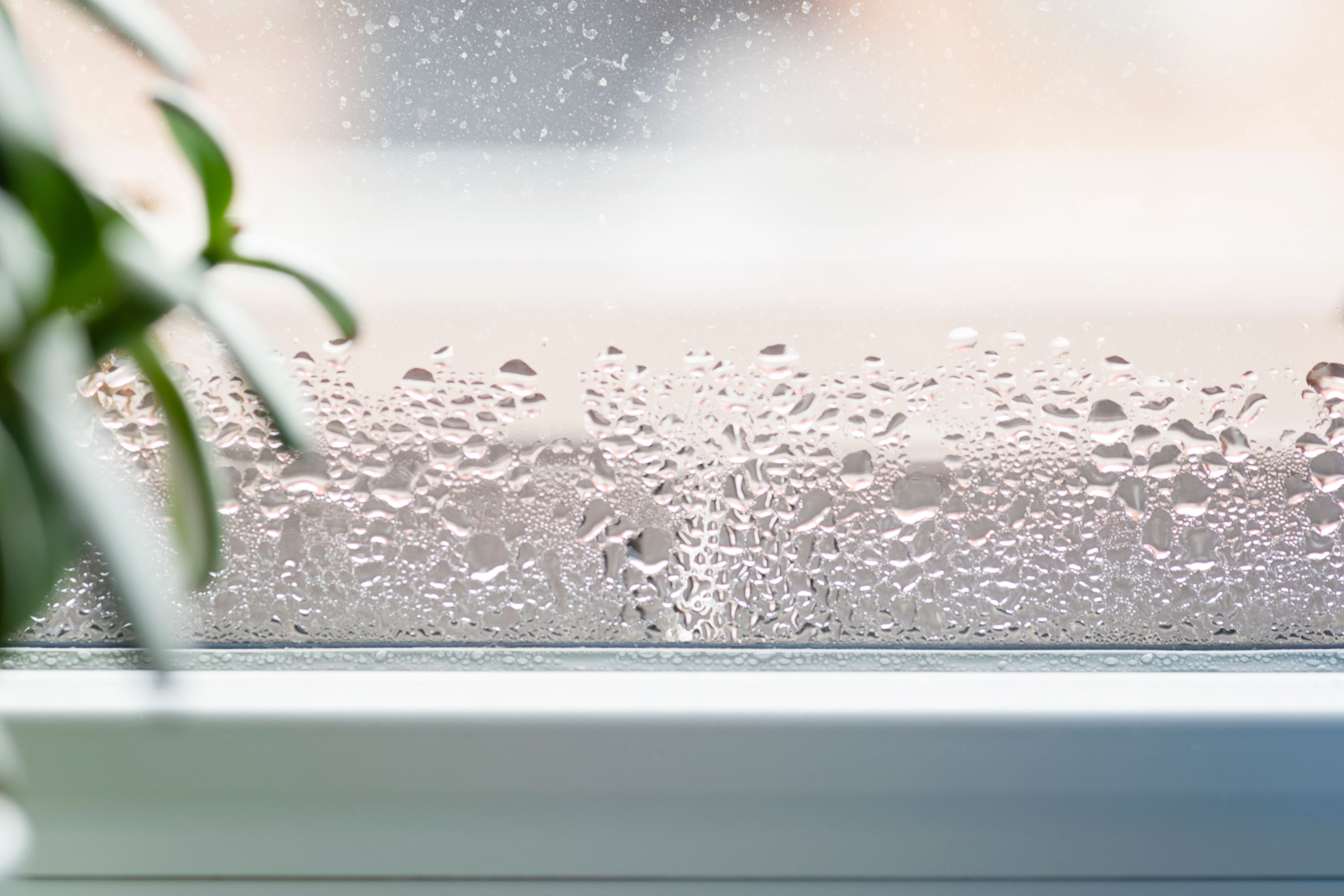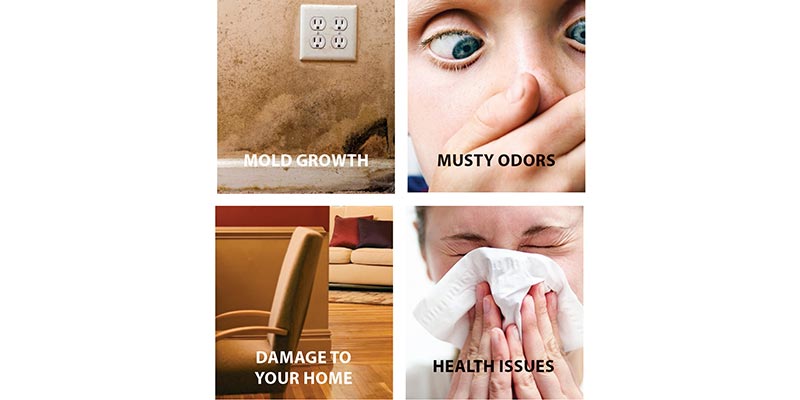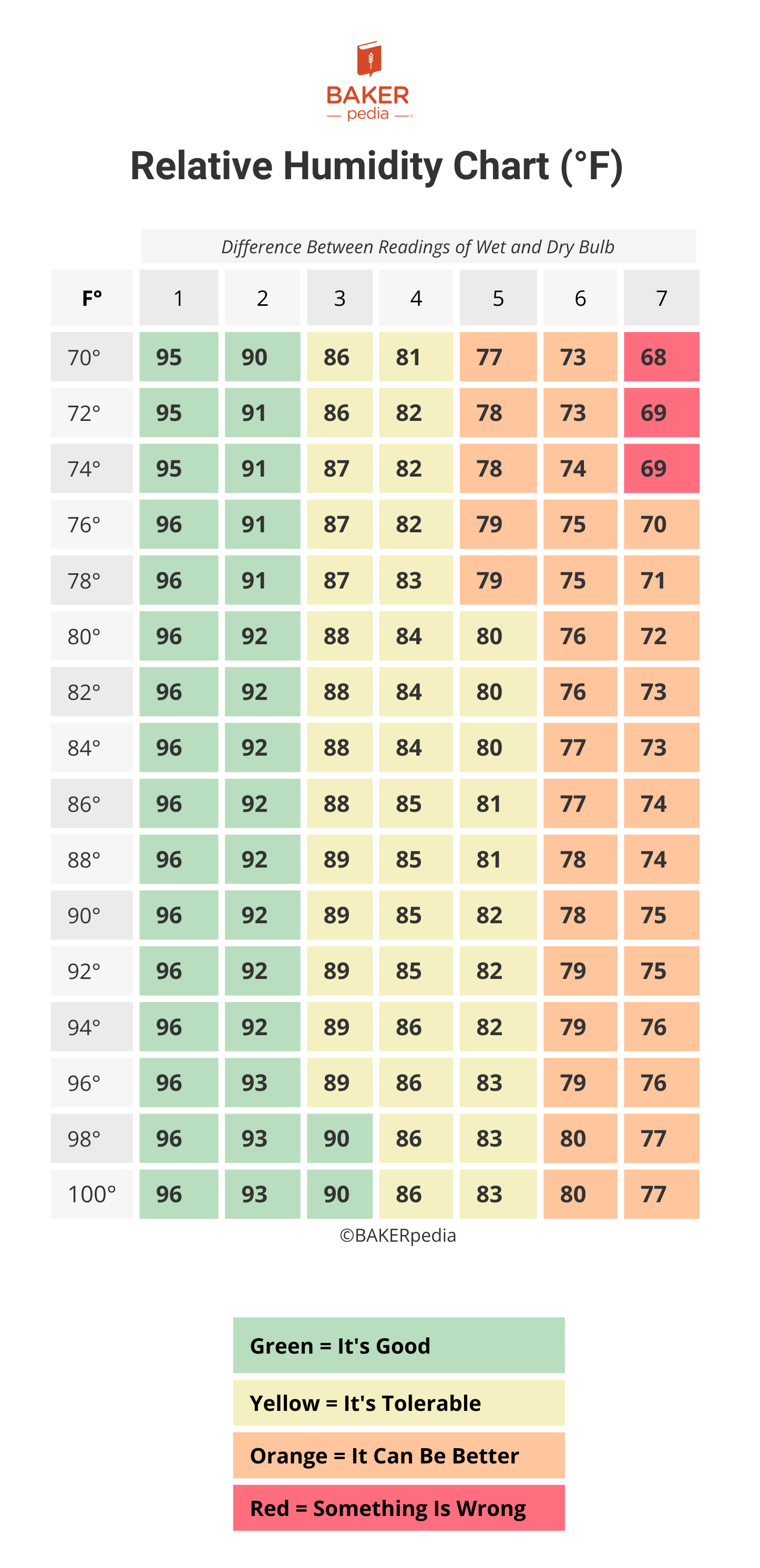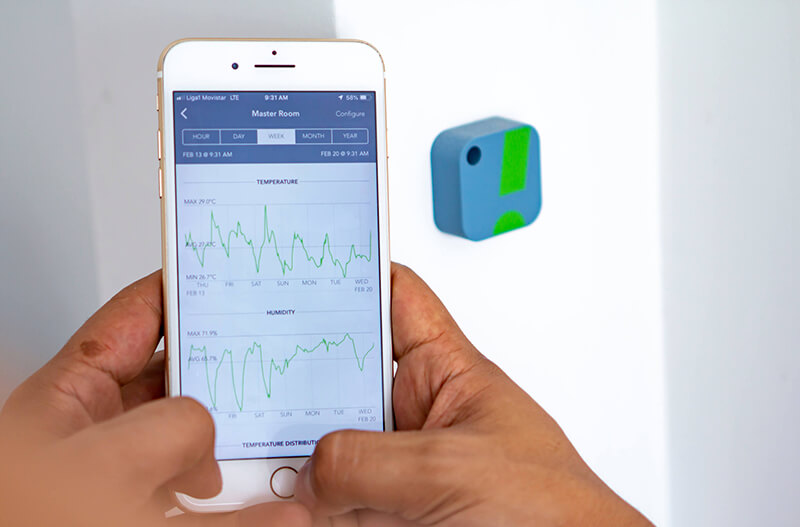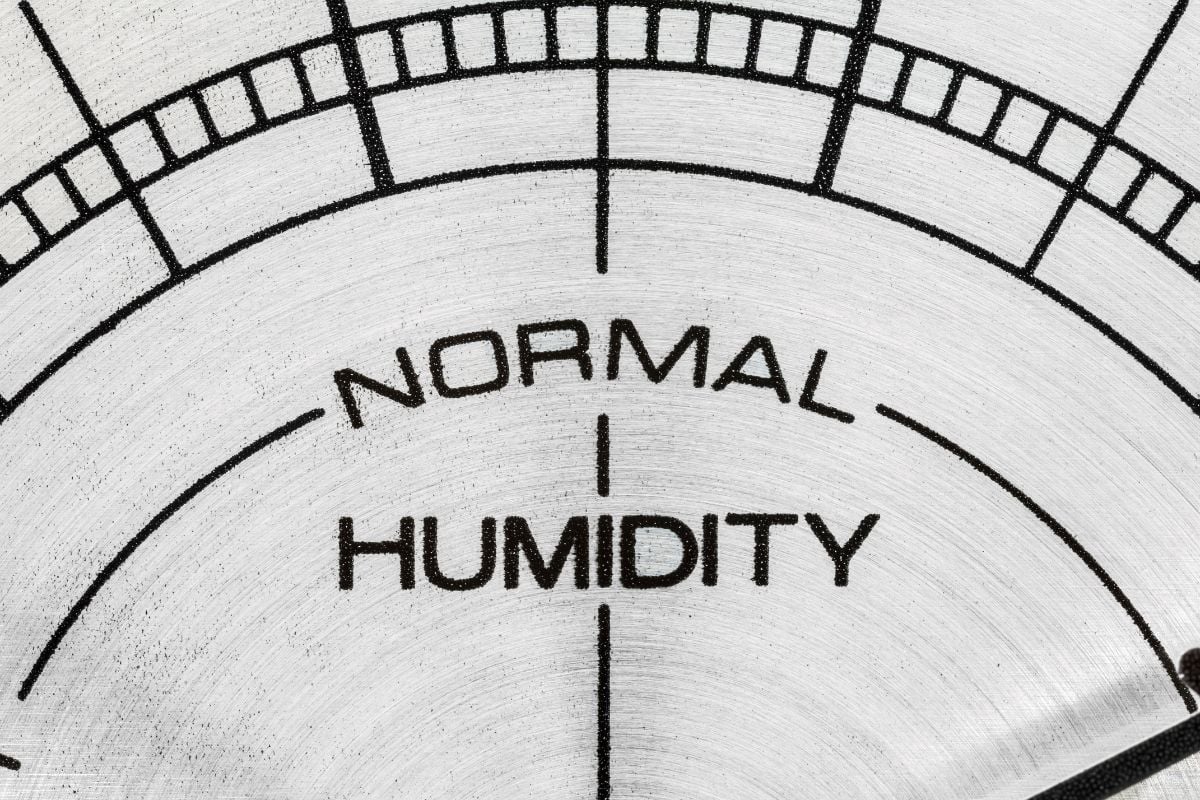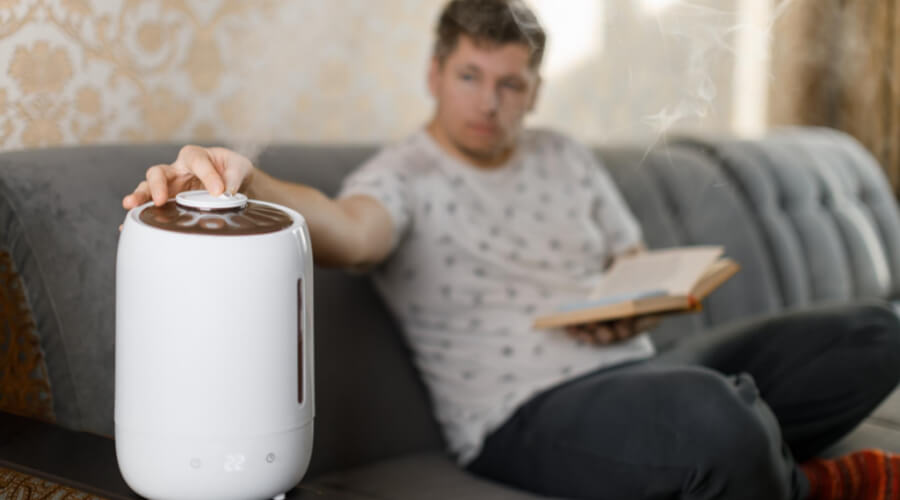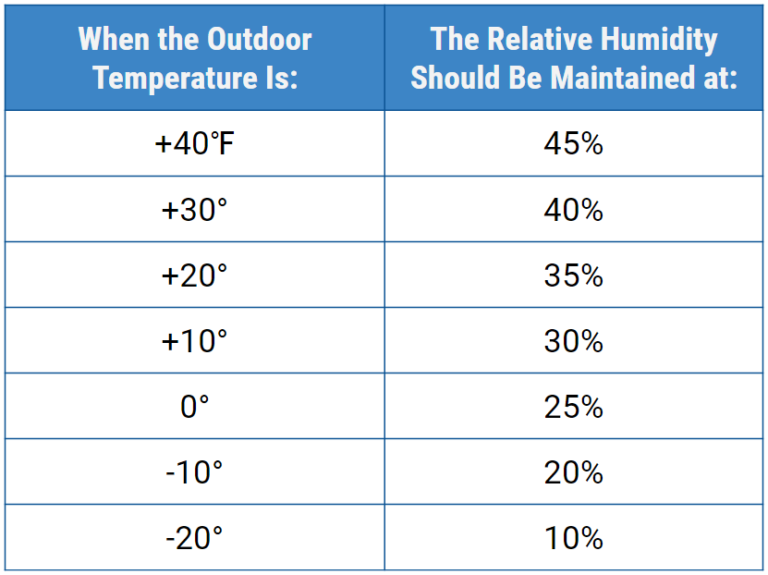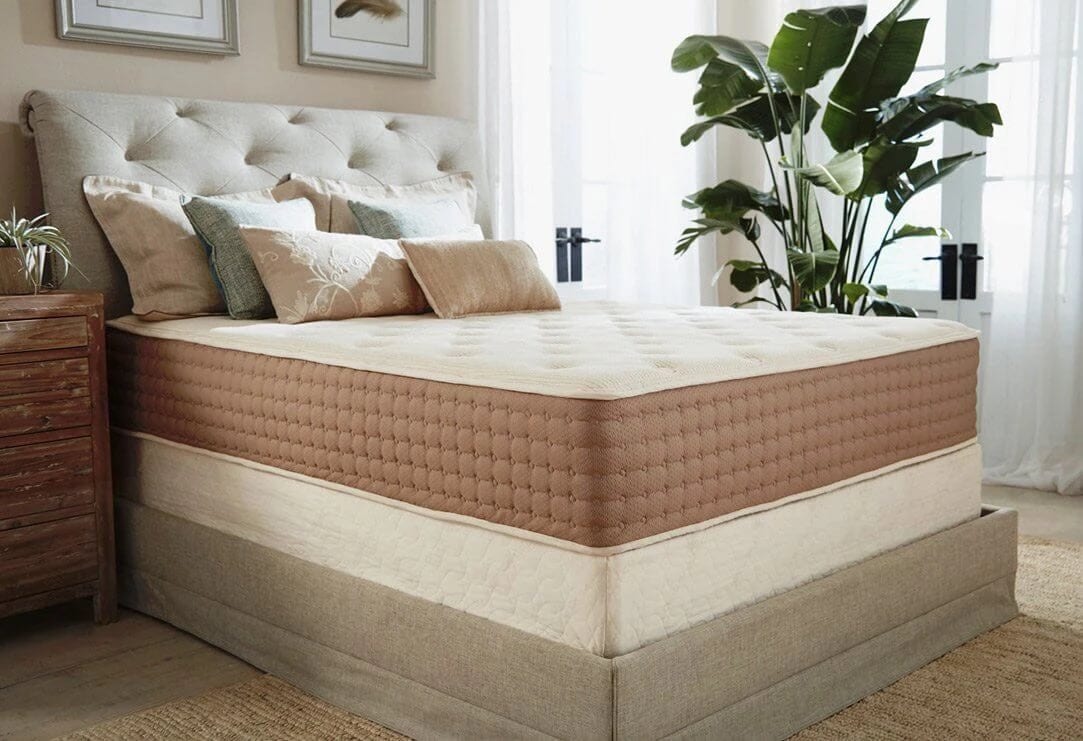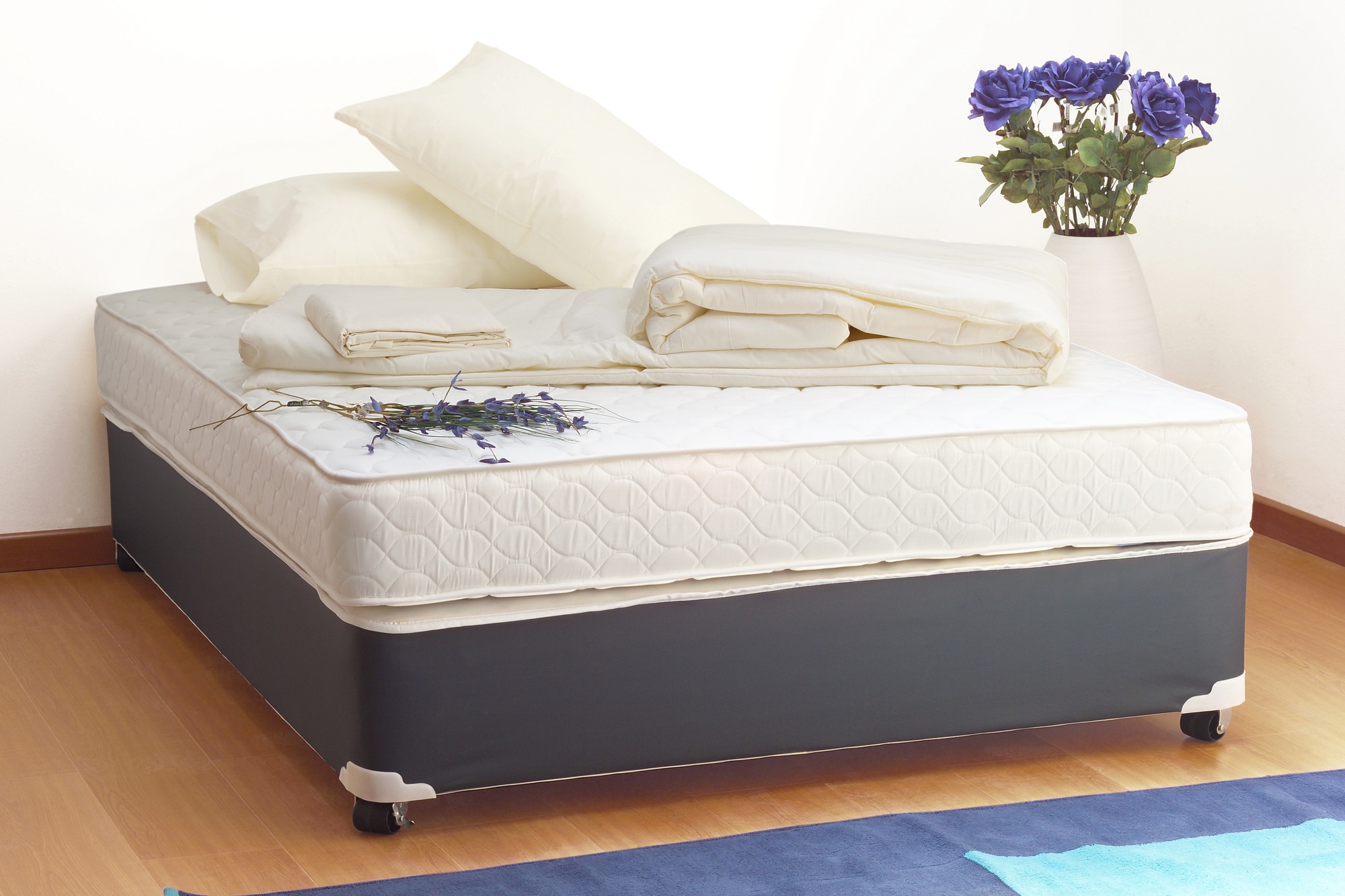The ideal humidity for a living room is crucial for creating a comfortable and healthy environment in your home. Humidity levels that are too high or too low can have negative effects on both your health and your home. But what exactly is the ideal humidity for a living room and how can you achieve it? In this article, we will discuss the recommended humidity levels, the importance of maintaining them, and how to measure and control humidity in your living room. Ideal Humidity for Living Room
The ideal humidity for a living room is between 40% to 60%. This range is considered to be the most comfortable and healthy for most people. Humidity levels below 40% can cause dryness in the air, which can lead to dry skin, respiratory problems, and damage to wooden furniture and floors. On the other hand, humidity levels above 60% can create a damp environment, promoting the growth of mold, mildew, and dust mites, which can trigger allergies and respiratory issues. What is the Ideal Humidity for a Living Room?
To maintain the ideal humidity for your living room, it is important to first understand the humidity levels in your home. You can use a hygrometer, a device that measures humidity, to monitor the levels in your living room. If the humidity is too high, you can use a dehumidifier to remove excess moisture from the air. If the humidity is too low, you can use a humidifier to add moisture. It is important to regularly check and adjust the humidity levels to ensure they stay within the recommended range. Maintaining the Ideal Humidity for Your Living Room
Apart from using a humidifier or dehumidifier, there are other ways to achieve the ideal humidity in your living room. One method is to ensure proper ventilation. Opening windows and doors can help circulate fresh air and regulate the humidity levels. Additionally, using exhaust fans in areas with high humidity, such as the kitchen and bathroom, can also help. Another tip is to avoid overwatering houseplants, as they can contribute to increased humidity in the room. Tips for Achieving the Ideal Humidity in Your Living Room
Maintaining the ideal humidity in your living room is not just about creating a comfortable environment, it also has health benefits. Low humidity levels can dry out your skin and mucous membranes, making you more susceptible to illnesses. High humidity levels, on the other hand, can create a breeding ground for bacteria, viruses, and allergens. By maintaining the ideal humidity, you can reduce the risk of respiratory issues, allergies, and other health problems. The Importance of Ideal Humidity in Your Living Room
As mentioned earlier, a hygrometer is a useful tool for measuring humidity levels in your living room. There are various types of hygrometers available, such as analog and digital, and you can choose one that suits your needs and budget. To control humidity, you can use a humidifier or dehumidifier, as mentioned before, or you can also invest in a central humidification system. These systems are installed directly into your home's HVAC system and can automatically adjust humidity levels. How to Measure and Control the Ideal Humidity in Your Living Room
Maintaining the ideal humidity in your living room can greatly contribute to your overall comfort and health. Dry air can cause discomfort, while excessively damp air can promote the growth of mold and bacteria. By keeping the humidity levels within the recommended range, you can ensure a comfortable and healthy living space for you and your family. Achieving Comfort and Health with the Ideal Humidity in Your Living Room
We have discussed the negative effects of high and low humidity levels in your living room, but it is important to understand them in more detail. High humidity can cause condensation on windows and walls, promote the growth of mold and mildew, and create a musty smell. Low humidity, on the other hand, can cause dry and itchy skin, chapped lips, and respiratory problems. It can also damage wooden furniture and floors. By maintaining the ideal humidity, you can avoid these issues and create a more comfortable and healthy living environment. The Effects of High and Low Humidity in Your Living Room
It is important to note that the ideal humidity levels may vary depending on your geographical location and the seasons. For example, humid climates may require a lower humidity level, while dry climates may need a higher one. Additionally, during winter, when the air is generally drier, you may need to increase the humidity level in your living room. It is best to monitor humidity levels regularly and adjust accordingly to find the right level for your specific living room. Finding the Right Humidity Level for Your Living Room
Plants can greatly benefit from the ideal humidity in your living room as well. Many houseplants thrive in humidity levels of around 50%, and maintaining this level can help them grow and stay healthy. You can also use a humidity tray, which involves placing a tray of water underneath the plant, to increase humidity in their immediate surroundings. Just be sure to monitor the humidity levels regularly to avoid over or under-watering your plants. In conclusion, maintaining the ideal humidity for your living room is not only important for creating a comfortable and healthy environment, but it also has various benefits for your overall well-being. By understanding the recommended levels, regularly monitoring and adjusting them, and taking other measures, you can achieve the ideal humidity and enjoy all its advantages. Maintaining the Ideal Humidity for Your Living Room Plants
The Benefits of Maintaining Ideal Humidity in Your Living Room
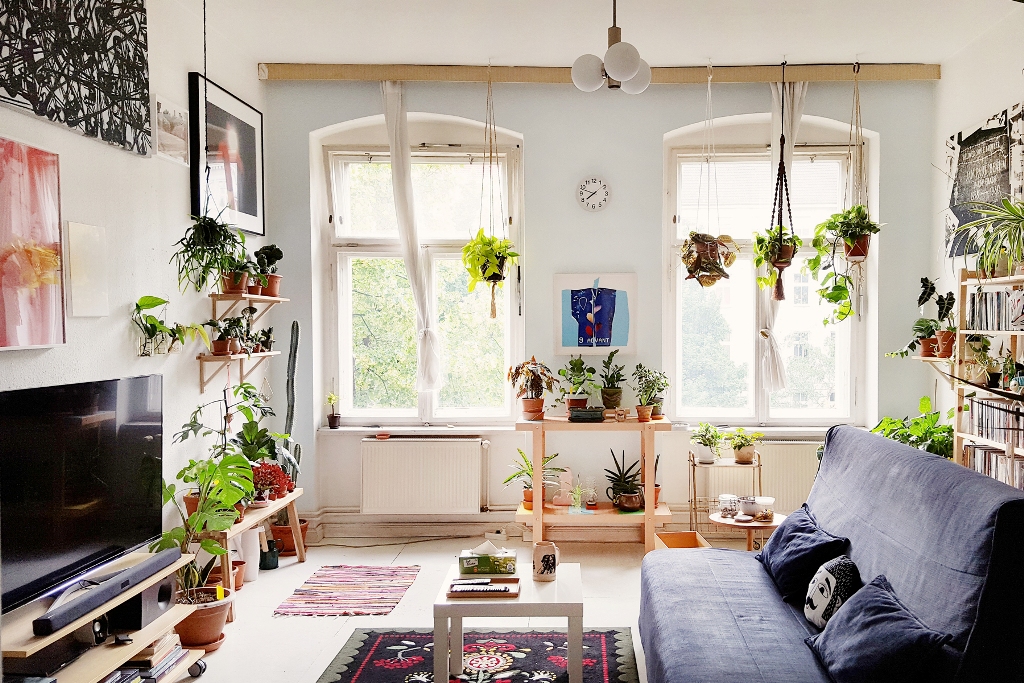
Why Humidity Matters in House Design
 When it comes to designing and decorating our homes, we often focus on aesthetics and functionality. However, one important aspect that is often overlooked is humidity. Humidity refers to the amount of water vapor in the air, and it plays a crucial role in creating a comfortable living space. In fact, maintaining the
ideal humidity
in your living room can have numerous benefits for both your health and the overall design of your home.
When it comes to designing and decorating our homes, we often focus on aesthetics and functionality. However, one important aspect that is often overlooked is humidity. Humidity refers to the amount of water vapor in the air, and it plays a crucial role in creating a comfortable living space. In fact, maintaining the
ideal humidity
in your living room can have numerous benefits for both your health and the overall design of your home.
The Ideal Humidity Level for Your Living Room
 The ideal humidity level for a living room should be between
40-50%
. This level of humidity is considered comfortable for most people and is also beneficial for your furniture, electronics, and overall indoor air quality. Anything below 30% is considered too dry, while anything above 60% can lead to mold growth and other issues.
The ideal humidity level for a living room should be between
40-50%
. This level of humidity is considered comfortable for most people and is also beneficial for your furniture, electronics, and overall indoor air quality. Anything below 30% is considered too dry, while anything above 60% can lead to mold growth and other issues.
The Health Benefits of Ideal Humidity
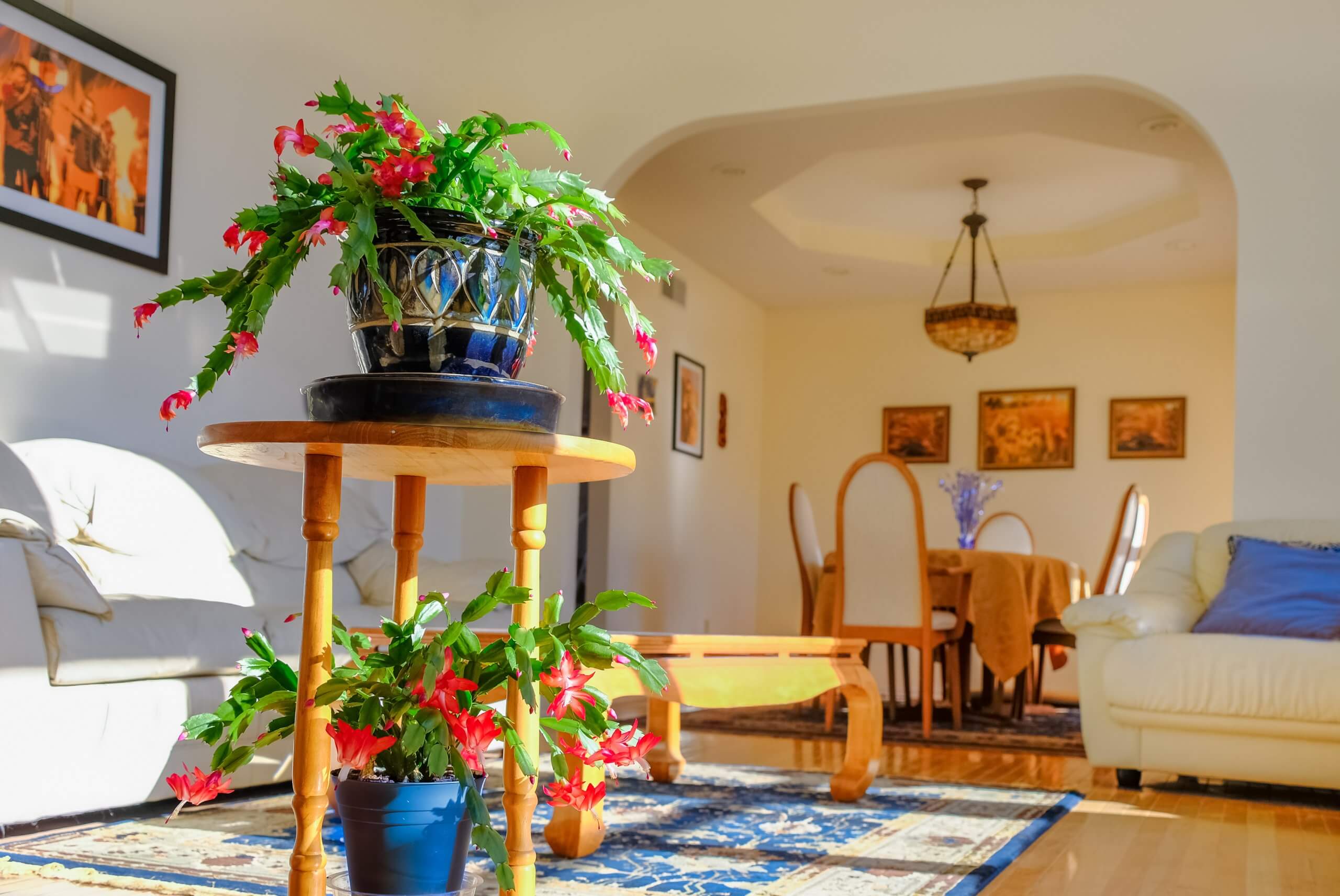 Maintaining the ideal humidity level in your living room can have significant health benefits. Dry air can cause irritation to your eyes, nose, and throat, leading to discomfort and potential respiratory issues. On the other hand, high humidity levels can promote the growth of mold, dust mites, and other allergens, which can trigger allergies and asthma. By keeping the humidity level in your living room at an optimal level, you can improve your indoor air quality and promote a healthier living environment.
Maintaining the ideal humidity level in your living room can have significant health benefits. Dry air can cause irritation to your eyes, nose, and throat, leading to discomfort and potential respiratory issues. On the other hand, high humidity levels can promote the growth of mold, dust mites, and other allergens, which can trigger allergies and asthma. By keeping the humidity level in your living room at an optimal level, you can improve your indoor air quality and promote a healthier living environment.
The Impact on Your Home Design
 Humidity not only affects our health but also impacts the design of our homes. High humidity levels can cause wooden furniture to warp and swell, while low humidity levels can cause them to crack or shrink. Electronics can also be affected by extreme humidity, leading to malfunctions and damage. By maintaining the ideal humidity in your living room, you can protect your furniture and electronics, ensuring they last longer and maintain their aesthetics.
Humidity not only affects our health but also impacts the design of our homes. High humidity levels can cause wooden furniture to warp and swell, while low humidity levels can cause them to crack or shrink. Electronics can also be affected by extreme humidity, leading to malfunctions and damage. By maintaining the ideal humidity in your living room, you can protect your furniture and electronics, ensuring they last longer and maintain their aesthetics.
How to Maintain Ideal Humidity in Your Living Room
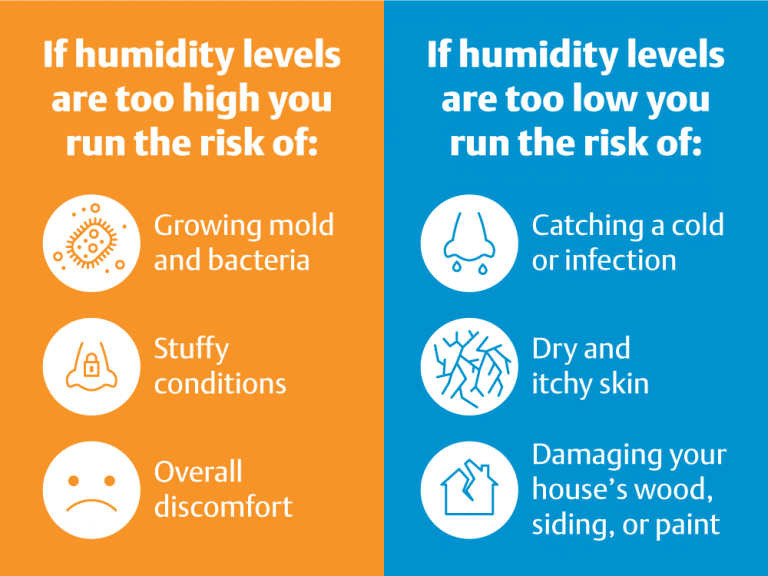 Now that you know the importance of humidity in house design, you may be wondering how to maintain the ideal level in your living room. One way is to use a humidifier or dehumidifier, depending on the current humidity level. You can also invest in a hygrometer to monitor the humidity levels in your living room. Additionally, keeping your living room well-ventilated can help regulate humidity levels.
In conclusion, humidity is a crucial factor to consider in house design, especially in your living room. By maintaining the
ideal humidity
level, you can improve your health, protect your home's design, and create a comfortable and inviting living space. So, don't overlook this important aspect of house design and start monitoring and regulating the humidity in your living room today!
Now that you know the importance of humidity in house design, you may be wondering how to maintain the ideal level in your living room. One way is to use a humidifier or dehumidifier, depending on the current humidity level. You can also invest in a hygrometer to monitor the humidity levels in your living room. Additionally, keeping your living room well-ventilated can help regulate humidity levels.
In conclusion, humidity is a crucial factor to consider in house design, especially in your living room. By maintaining the
ideal humidity
level, you can improve your health, protect your home's design, and create a comfortable and inviting living space. So, don't overlook this important aspect of house design and start monitoring and regulating the humidity in your living room today!

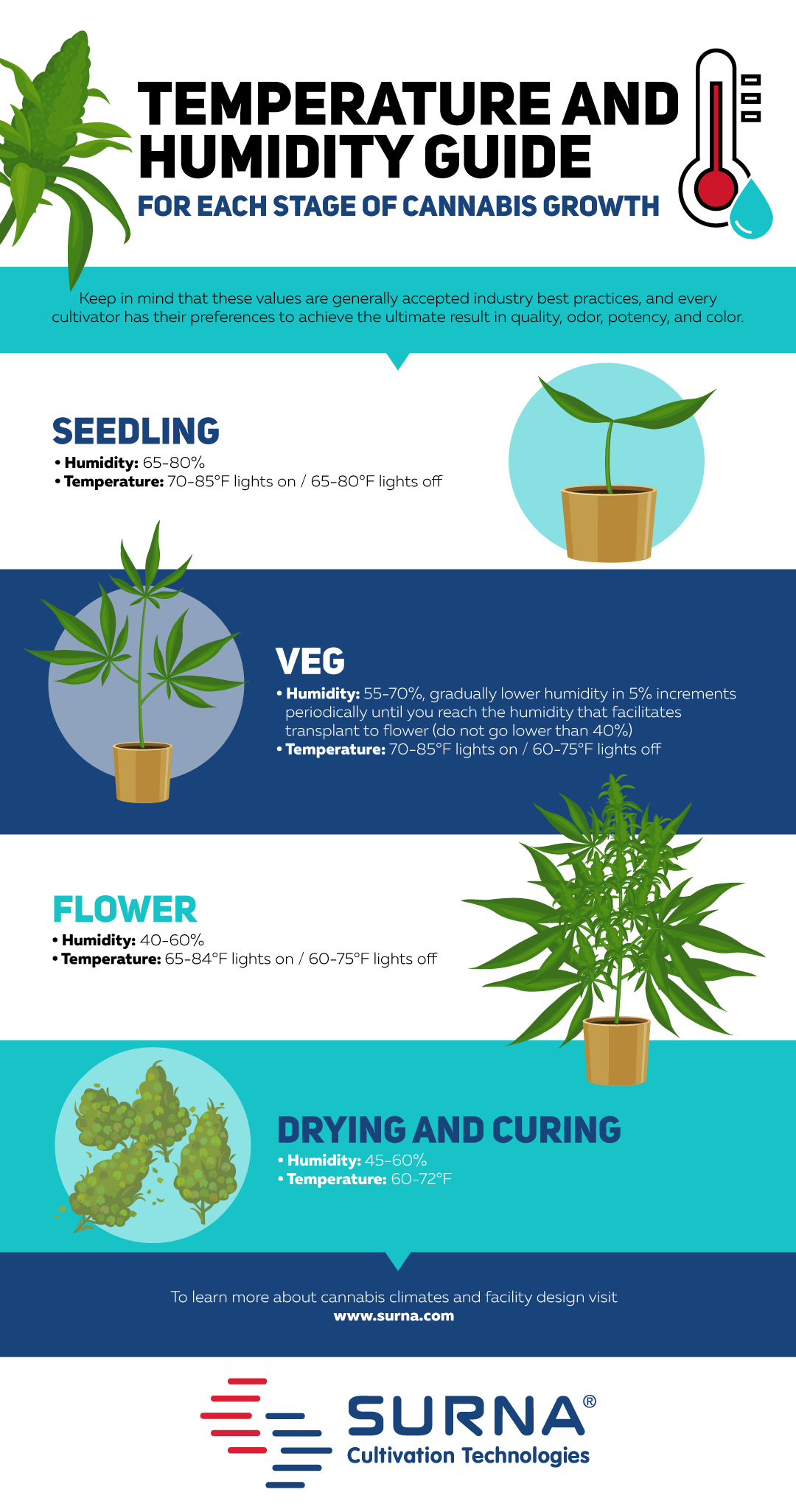




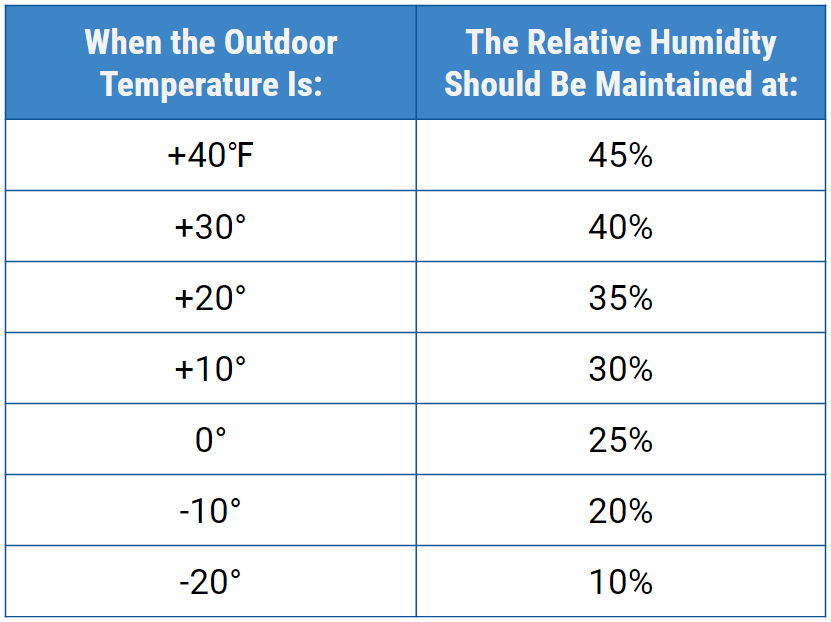











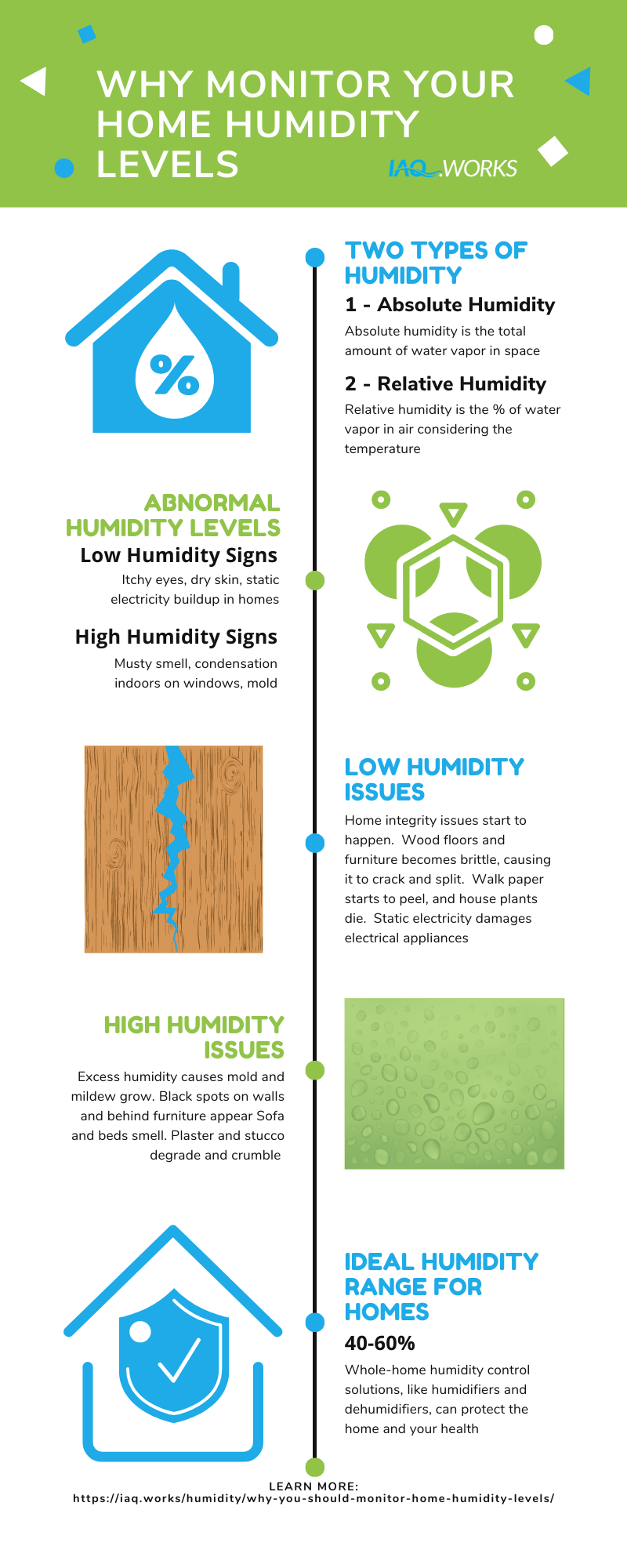


.jpg?width=1754&name=Humidity level chart (1).jpg)
